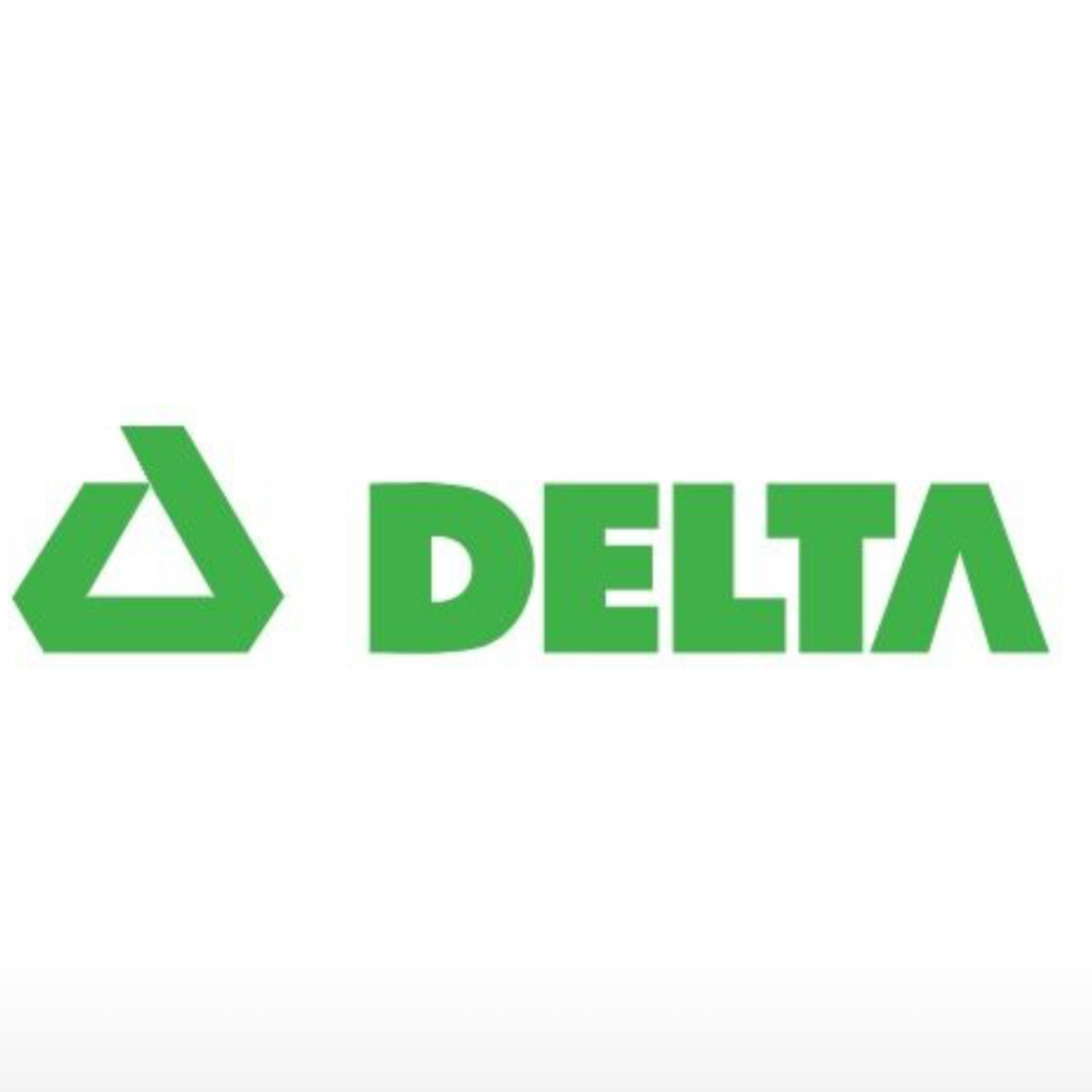📝 “What is the History of Delta Dental & How Has It *Changed*?”
- Author
- Brendan Gallagher, DDS
- Published
- Sun 06 Apr 2025
- Episode Link
- https://podcasters.spotify.com/pod/show/doctorgallagher/episodes/What-is-the-History-of-Delta-Dental--How-Has-It-Changed-e31631l
Quick Review #275 - #dental #dentist #dentistry #dentalstudent #dentalschool #teeth #cavity #extraction #oralsurgery #implant #implants #dentalimplant #dentalimplants #dentalinsurance #insurance
- 4.6.25
Delta Dental was founded in 1954 to improve access to dental care. 13 dentists in California, Oregon, and Washington created nonprofit dental service corporations to serve longshoremen and other union members. Rates were adjusted regionally to reflect average procedure costs, and the nonprofit structure helped keep payments competitive.
By the 1990s, Delta Dental had grown into America’s largest dental benefits provider, covering millions of individuals and families.
Managed Care & Cost Control (1990s–2000s)
As healthcare costs increased, Delta Dental adopted managed care principles:
• Introduced fee schedules to cap reimbursement.
• Transitioned to PPO (Preferred Provider Organization) models.
• Encouraged dentists to accept lower rates in exchange for a larger patient base.
• Tightened control over allowable fees to stay competitive in the group benefits market
Corporatization & Regional Models
Though technically nonprofit in some states, many Delta Dental companies began adopting for-profit strategies:
• Administrative costs and executive compensation rose.
• Pressure mounted to reduce provider payouts.
• Each state’s Delta Dental organization sets its own fees, resulting in inconsistent reimbursements.
• Some implemented dual-tier networks, such as Premier vs. PPO. PPO providers receive lower reimbursements but hypothetically get more patient referrals.
Why Delta Dental Now Pays Among the Lowest Reimbursements
A. Market Dominance
Delta Dental insures about 1 in 3 Americans, allowing it to dictate terms. Many dentists accept lower payments to retain access to this large patient base.
B. No Inflation Adjustment
Reimbursements have not kept pace with inflation, even as private practice costs rise. In some cases, rates have even declined.
C. Tiered Networks & Downcoding
Payment varies based on contract level (PPO vs. Premier), and frequent downcoding reduces allowable reimbursements for procedures.
D. Limited Negotiating Power
Small and solo practices have little leverage to negotiate better fees, while corporate DSOs may secure improved rates.
E. Cost-Containment Focus
Delta’s business model emphasizes attracting large employer groups by keeping premiums low—often at the expense of provider reimbursement
References:
1. American Dental Association (ADA). (2020). Dental Insurance Issues: Trends in Third-Party Payer Reimbursement Rates. American Dental Association Health Policy Institute
2. Neff, G. (2019, October 18). Delta Dental’s Dominance Raises Concerns Among Dentists. California Healthline / Kaiser Health News
3. Office of the Attorney General, State of Washington. (2023). Attorney General Bob Ferguson Sues Delta Dental Over Anti-Competitive Practices
4. ChatGPT.2025
#podcast #dentalpodcast #doctorgallagherpodcast #doctorgallagherspodcast #doctor #dentist #dentistry #oralsurgery #dental #dentalschool #dentalstudent #doctorlife #dentistlife #oralsurgeon #doctorgallagher
